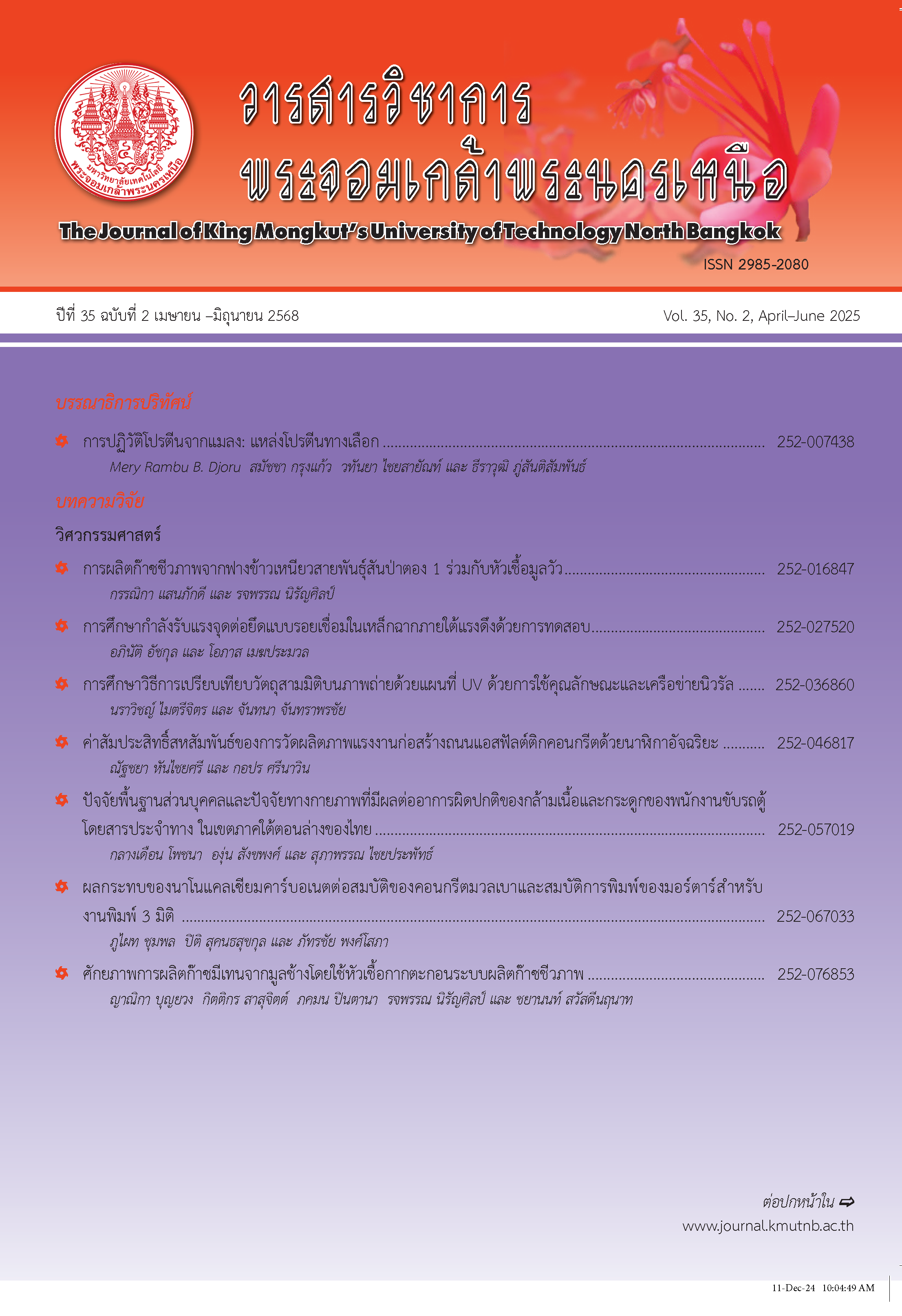A Study of the Movement and Intensity of Tropical Cyclones that Attacked Thailand's Northeastern Region
Main Article Content
Abstract
The aims of this study are to examine and predict the movement patterns, intensity, and the storm precipitation distribution that will occur in the northeastern region of Thailand. Two approaches comprising the Multiple Linear Regression and the Extreme Value Analysis were applied to analyze daily maximum rainfall data during the storm days by using the R Studio program. Heavy storm information recorded by 28 meteorological stations disclosed 11 storms attacking Thailand during 2016–2020 (5 years). It was found that there were two tropical cyclones, namely Super Typhoon Rai and Tropical Storm Noul. These tropical cyclones were found to generate the greatest amount of rainfall. Thus, relevant agencies should get prepared to help the community to avoid impending threats or to address issues related to the impacts produced by tropical cyclones, specifically those with characteristics similar to Typhoon Rai and Typhoon Noul.
Article Details

This work is licensed under a Creative Commons Attribution-NonCommercial-NoDerivatives 4.0 International License.
The articles published are the opinion of the author only. The author is responsible for any legal consequences. That may arise from that article.
References
Meteorological Department of Thailand. (2021, October 16). Tropical cyclone in Thailand [Online] (in Thai). https://www.tmd.go.th/info/ info.php?FileID=58
T. Takemi and T. Unuma, “Environmental factor for the development of heavy rainfall in the eastern part of Japan during Typhoon Hagibis (2019),” Scientific Online Letters on the Atmosphere: SOLA 16, vol. 16 no. 1, pp. 30–36, 2020.
H.C. Kuo, L.H. Hsu and Y.T. Yang, “Temporal and spatial characteristics of typhoon extreme rainfall in Taiwan,” Journal of the Meteorological Society of Japan, vol. 90 no. 5, pp. 721–736, 2012.
C.-C. Wang, L.-S. Tseng, J. Huang, S.-H. Lo, C.-T. Chen, P.-Y. Chuang, N.-C. Su, and K. Tsuboki, “How much of Typhoon Morakot’s extreme rainfall is attributable to anthropogenic climate change,” International Journal of Climatology, vol. 39 no. 8, pp. 3454–3464, 2019.
B. Kumpol, Regression Analysis: Multiple Linear Regression, Mahasarakham: Rajabhat Maha Sarakham University, 2001, pp. 51–147 (in Thai).
P. Busababodhin and A. Keawmun, “Extreme values statistics,” The Journal of KMUTNB, vol. 25 no. 2, pp. 55–65, 2015 (in Thai).
P. Senapeng and P. Busababodhin, “Modeling of maximum temperature in northeast Thailand,” Burapha Science Journal, vol. 22 no. 1, pp. 92–107, 2017 (in thai).
P. Busababodhin, Extreme Value Analysis with R programming: Classical models for extremes, Mahasarakham: Rajabhat Maha Sarakham University, 2018, pp. 33–78 (in Thai).

